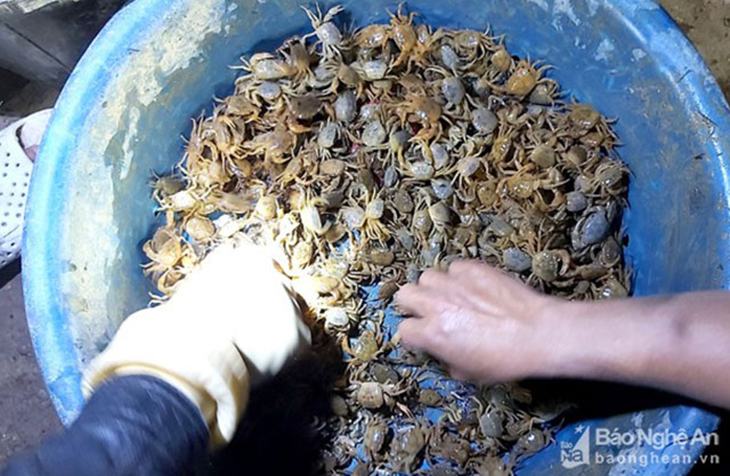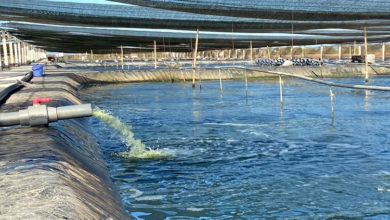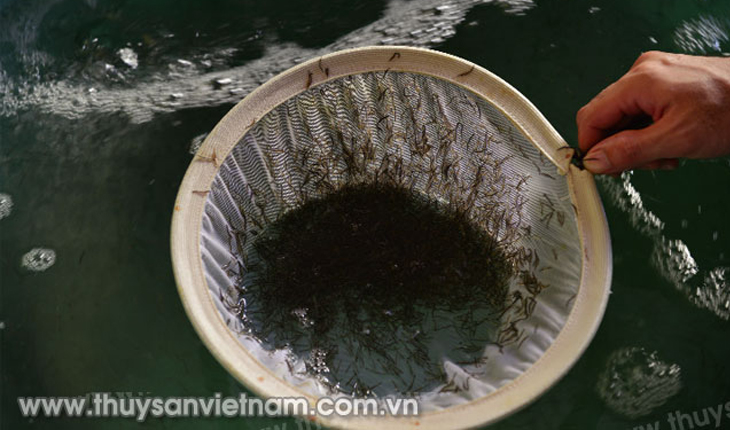Bạc Liêu: Effective investment of WWF’s shrimp-rice model
Considered a model adaptive to climate change, bringing high incomes, the shrimp-rice model is currently being invested in by the World Wide Fund for Nature (WWF) in districts and towns within Bạc Liêu province, helping change production habits of local farmers.
Currently, WWF has invested in two shrimp-rice model projects in Giá Rai town and Phước Long district, covering an area of 60 hectares. Local authorities will conduct appraisal and select qualified farmers to implement the model. Each locality chooses 2 pilot points. Participating households are provided with shrimp seeds, materials, and technical guidance. The model focuses on improving farming methods: shrimp seeds are kept in ponds for some time before release, and probiotics are used to improve water quality.
In Giá Rai town, rice cultivation on shrimp ponds faces many difficulties due to saline intrusion. However, in recent years, farmers’ rice cultivation has been more favorable due to investments in building closed irrigation systems, proactive freshwater storage, and preventing saline intrusion into inland areas.
Đoàn Thanh Tùng (Phong Tân commune) has 2 hectares used for WWF’s shrimp-rice model project. Currently, after stocked for nearly 70 days, shrimps have weighed up to the size of 28-30 count. He shared: “The shrimp-rice model had been applied by local farmers before, but since joining the project, we have been trained in farming technique, post-harvest rice handling, and releasing shrimp back into the pond for farming, so the shrimp yield is very high. The model has helped us change our farming methods, we even see our productivity double or triple compared to before.”
In Phước Long district, two cooperatives participated into the project. For households registering to set up plastic-lined ponds, besides the provided materials, they are also provided with shade nets, water pumps, and siphon systems to ensure high shrimp survival rates. The model applies a stocking density of 1-3 shrimp/m2 to ensure feed intake. During the project implementation, households are not allowed to release additional shrimp on their own and are required to have plastic-lined or earthen ponds. According to initial assessments, most cooperative members have applied the project’s technical procedures quite well, so good results have been achieved.
Lê Văn Tới – Vice Chairman of the People’s Committee of Phước Long commune (Phước Long district), stated: “Tiến Công cooperative was selected to implement the model on an area of 15 hectares with 9 cooperative members participating. Currently, the shrimp are over 2 months old and growing well. The shrimp-rice model has changed the production habits of local farmers. In the future, the commune will expand this model within the cooperative and throughout the commune.”
After inspecting the shrimp-rice model in localities, Nguyễn Trung Hiếu – Deputy Director of the Department of Agriculture and Rural Development, stated: “Households participating in the project are supported with shrimp seeds and aquatic medicines; they are guided production techniques by experts, resulting in high rates, yields, and effectiveness. Some households have harvested 300 – 400 kg/ha, but there are still many shrimps in the fields. According to households, if all shrimp are harvested, the yield could reach about 700 kg/ha, doubling or tripling compared to before. The shrimp-rice model in WWF’s project is developing well, so the Department of Agriculture and Rural Development will encourage localities to expand this model…”
VFM






